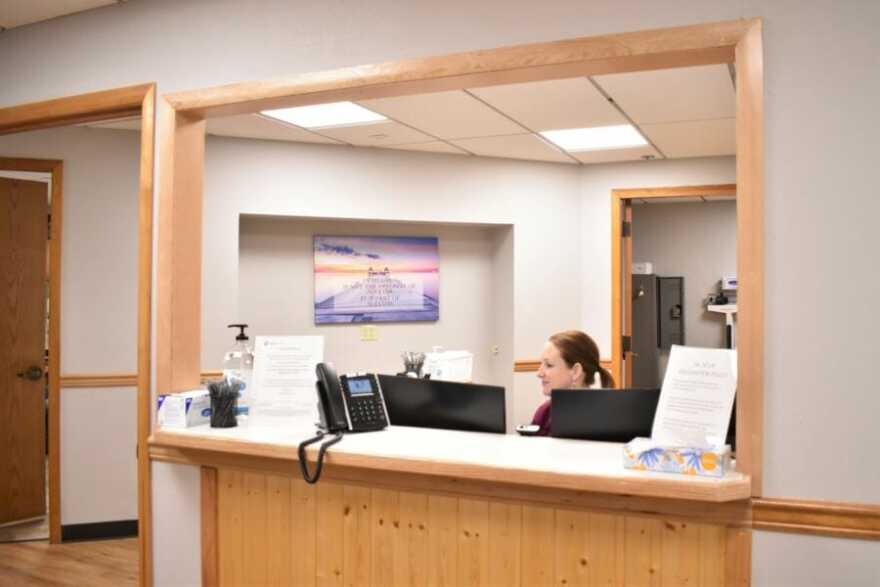As more Alaskans seek treatment for opioid use disorder, the state is taking measures to ensure that enough medical providers are there to help.
On Friday, Dec. 20, the Department of Health and Social Services released a new guide for offering medication assisted treatment to patients.
In 2016, a change in federal law made it possible for a wider array of medical providers to offer medication to people with opioid addiction. Known as medication assisted treatment, it’s an extremely effective way to stabilize patients on the spot with medicine like Suboxone.
Kathryn Chapman, with the state’s Division of Behavioral Health, says about 400 medical providers in Alaska are able to provide that service. However, estimates show that only about half of them are treating the population and prescribing for them. Chapman says the reason more providers aren’t offering medication assisted treatment is varied, but it may be the same barrier that some patients experience when they try to get help: not knowing what resources are available.
“That’s part of the challenge is that to provide opioid treatment, you need a multidisciplinary team, really, to support the treatment and recovery,” Chapman said.
So, the Department of Health and Social Services spent two years creating a Medication Assisted Treatment Guide for providers, modeled off one used in New Hampshire.
It details best practices for treating opioid use disorder and helps providers connect patients with behavioral health services around the state.
Chapman says assisting people in their recovery should include a broad package of care.
“Not just their medicine is provided to them,” Chapman said. “But that they’re safe, that they have a safe home, that they have food to eat, that their families have support, too.”
The Alaska Department of Health and Social Services hopes to update the guide as new information becomes available.

